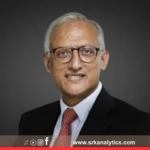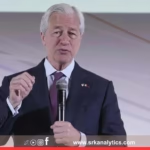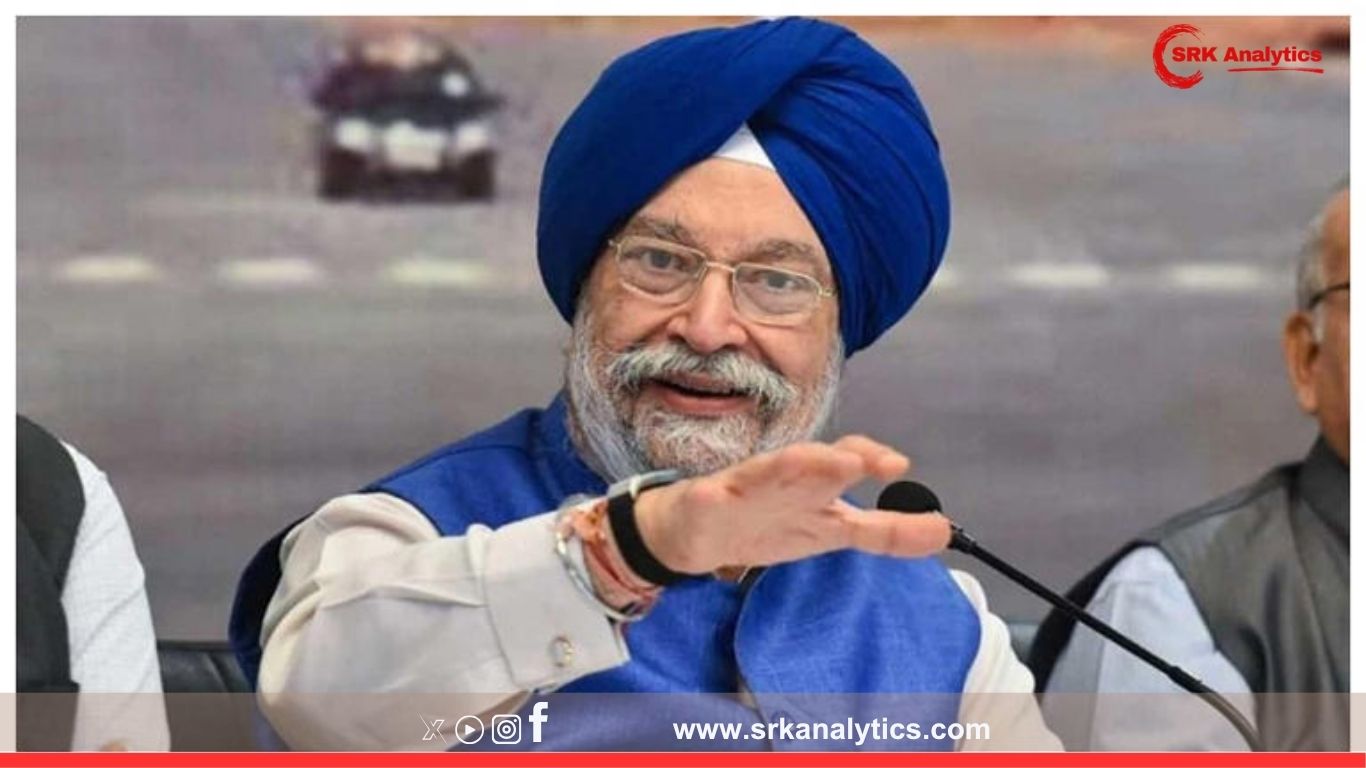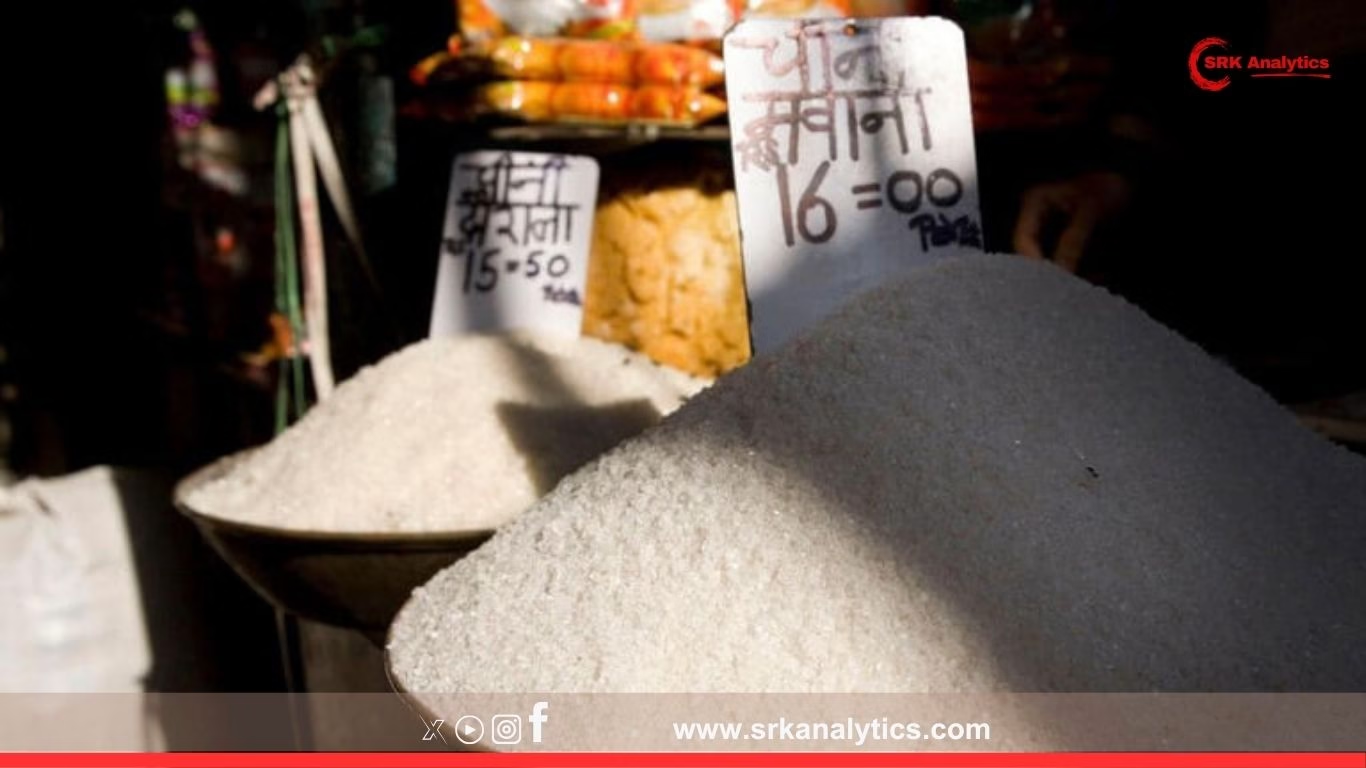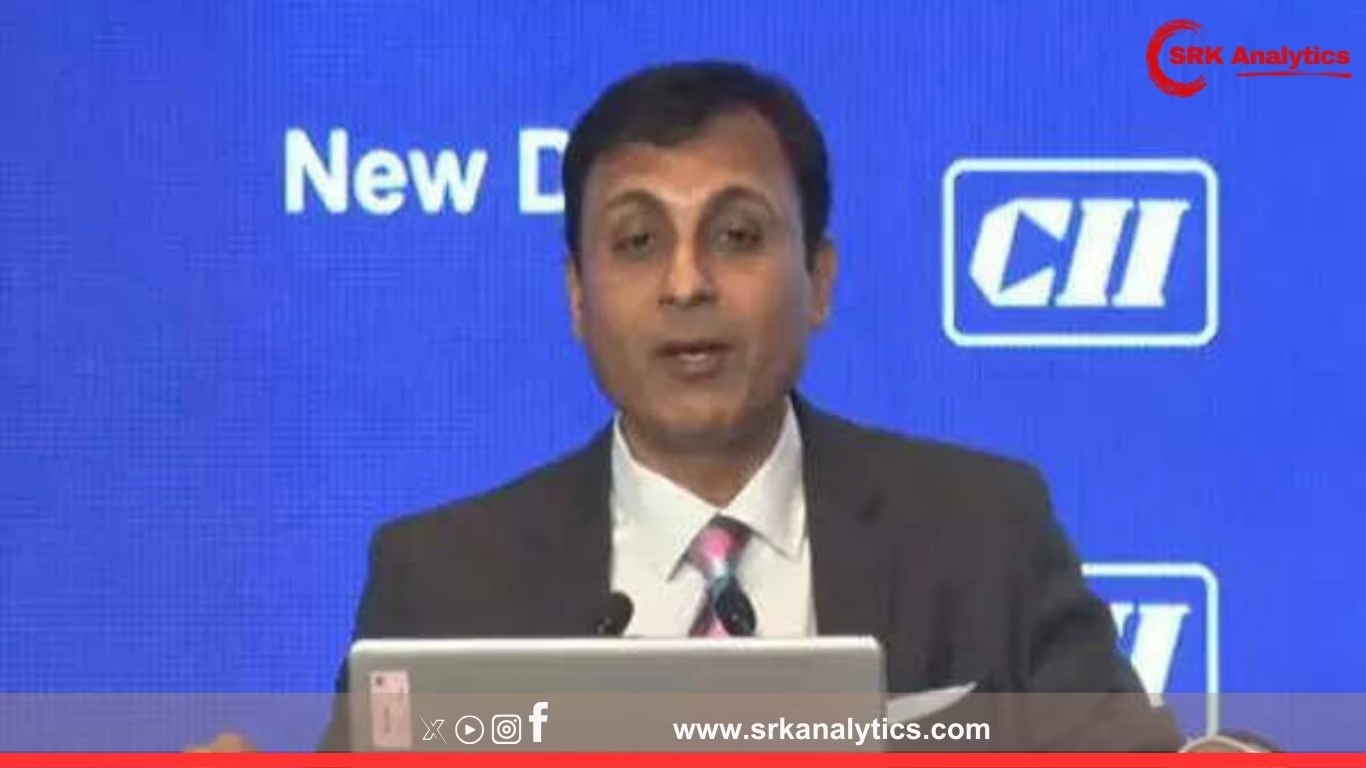India is on a decisive path to surpass Germany and emerge as the world’s third-largest economy by 2030, Union Petroleum and Natural Gas Minister Hardeep Singh Puri said on Monday, reaffirming the government’s commitment towards economic reforms, digital transformation, and clean energy transition that have accelerated growth in recent years.
Speaking at an industry conference in New Delhi, Puri noted that India’s GDP, currently estimated at around USD 4 trillion, is expected to cross USD 5 trillion by FY27, driven by robust macro fundamentals, strong domestic consumption, manufacturing expansion, and infrastructure push under Prime Minister Narendra Modi’s vision of a developed India by 2047.
Key Highlights Of The Minister’s Address
- India will overtake Germany by 2030 to become the third-largest economy after the US and China.
- The country has already become the world’s fastest-growing major economy, clocking 7.8% growth in FY24 despite global headwinds.
- Strong capex cycle, digital payments ecosystem, and rising exports are accelerating economic momentum.
- Energy security and clean energy transition remain top priorities to ensure sustainable growth.
- India will remain a “trusted, dependable partner” for global supply chains in the coming decade.
India’s Current GDP Vs Germany and Japan
| Country | GDP (USD Trillion) | Global Rank (2024) |
|---|---|---|
| USA | 27.4 | 1 |
| China | 18.7 | 2 |
| Japan | 4.2 | 3 |
| Germany | 4.1 | 4 |
| India | 4.0 | 5 |
(Source: IMF World Economic Outlook, June 2025)
As per IMF projections, India is likely to surpass Japan by early 2030s, after overtaking Germany, becoming the third-largest economic powerhouse with a diversified growth engine spanning services, manufacturing, and digital sectors.
Growth Drivers Highlighted By Hardeep Singh Puri
1. Capex-Led Economic Recovery
The government’s infrastructure-led growth strategy is creating strong multiplier effects:
- Rs 11.11 lakh crore allocated in Union Budget 2025-26 for capex, a 16.9% increase YoY.
- Record expressway construction, metro expansions, port modernisation under Gati Shakti and PM Gati Shakti National Master Plan.
2. Digital Economy Expansion
India has emerged as the world leader in digital payments, with UPI transactions exceeding Rs 17 lakh crore per month in 2025.
| Digital Transaction Metrics | Volume (June 2025) | YoY Growth (%) |
|---|---|---|
| UPI Transactions | 14.2 billion | +47 |
| AEPS Transactions | 495 million | +18 |
| Net Banking/IMPS | 1.9 billion | +22 |
(Source: NPCI)
3. Energy Security And Green Transition
Puri emphasised:
- India has become the world’s third-largest energy consumer, ensuring reliable supplies while targeting net-zero by 2070.
- Massive investments underway in biofuels, green hydrogen, electric mobility, and renewables to ensure clean, affordable, and secure energy.
Recent Policy Measures Supporting Growth
| Policy Initiative | Impact |
|---|---|
| PLI Schemes | Rs 1.97 lakh crore incentives attracting global manufacturers across electronics, EVs, solar, semiconductors |
| Make in India 2.0 | Boosts local manufacturing competitiveness with ease of doing business reforms |
| Startup India | Over 1.1 lakh startups registered, fostering innovation and employment |
| PM Gati Shakti | Integrated infrastructure connectivity, improving logistics efficiency |
| National Monetisation Pipeline (NMP) | Rs 6 lakh crore assets identified for monetisation, unlocking growth capital |
Sector-Wise Economic Outlook (2025-30)
| Sector | CAGR (%) FY25-30 | Key Growth Drivers |
|---|---|---|
| IT & Digital | 12-14 | Cloud, AI, fintech, digital inclusion |
| Manufacturing | 9-11 | PLI schemes, China+1 strategy |
| Renewable Energy | 15-18 | Solar, green hydrogen, offshore wind |
| Construction & Infra | 8-10 | Capex push, urbanisation |
| Retail & E-commerce | 11-13 | Rising middle class, digital commerce penetration |
(Source: NITI Aayog, KPMG India)
What Global Institutions Are Saying
- IMF: India’s GDP to grow at 6.8% in FY26, highest among major economies.
- World Bank: Structural reforms like GST, IBC, and digitalisation have created a resilient foundation for sustained high growth.
- Morgan Stanley: India will become the third-largest economy by 2029, with its market capitalisation crossing USD 10 trillion by 2031.
Challenges Ahead
Despite optimism, experts caution against:
- Global geopolitical tensions impacting trade and energy imports.
- High unemployment and skill gaps among youth needing urgent attention.
- Persistent rural distress requiring policy focus on agriculture productivity and farmer incomes.
- Fiscal discipline, especially state-level debt management.
Minister’s Vision For 2030
Union Minister Puri concluded with the following vision pillars:
- Energy Access: Affordable energy to power manufacturing and mobility.
- Clean Energy Leadership: Emergence as a global hub for green hydrogen and solar modules.
- Economic Resilience: Reforms that ensure inclusive, sustainable growth.
- Strategic Partnerships: Deeper economic ties with Quad, G20, BRICS for trade and investment flows.
“India will remain the most attractive investment destination for the world. We are creating an economy that is modern, inclusive, and future-ready.”
Investor Takeaways
With India poised to surpass Germany and become the third-largest economy by 2030, sectors like infrastructure, digital technology, manufacturing, green energy, and consumer discretionary are expected to see outsized growth. Long-term investors must align portfolios with these structural themes while factoring in near-term global uncertainties.
Disclaimer:
This news content is based on official statements, IMF and World Bank data, and market research. It is for informational purposes only and does not constitute investment advice. Readers are advised to consult certified financial advisors before making any investment decisions.

